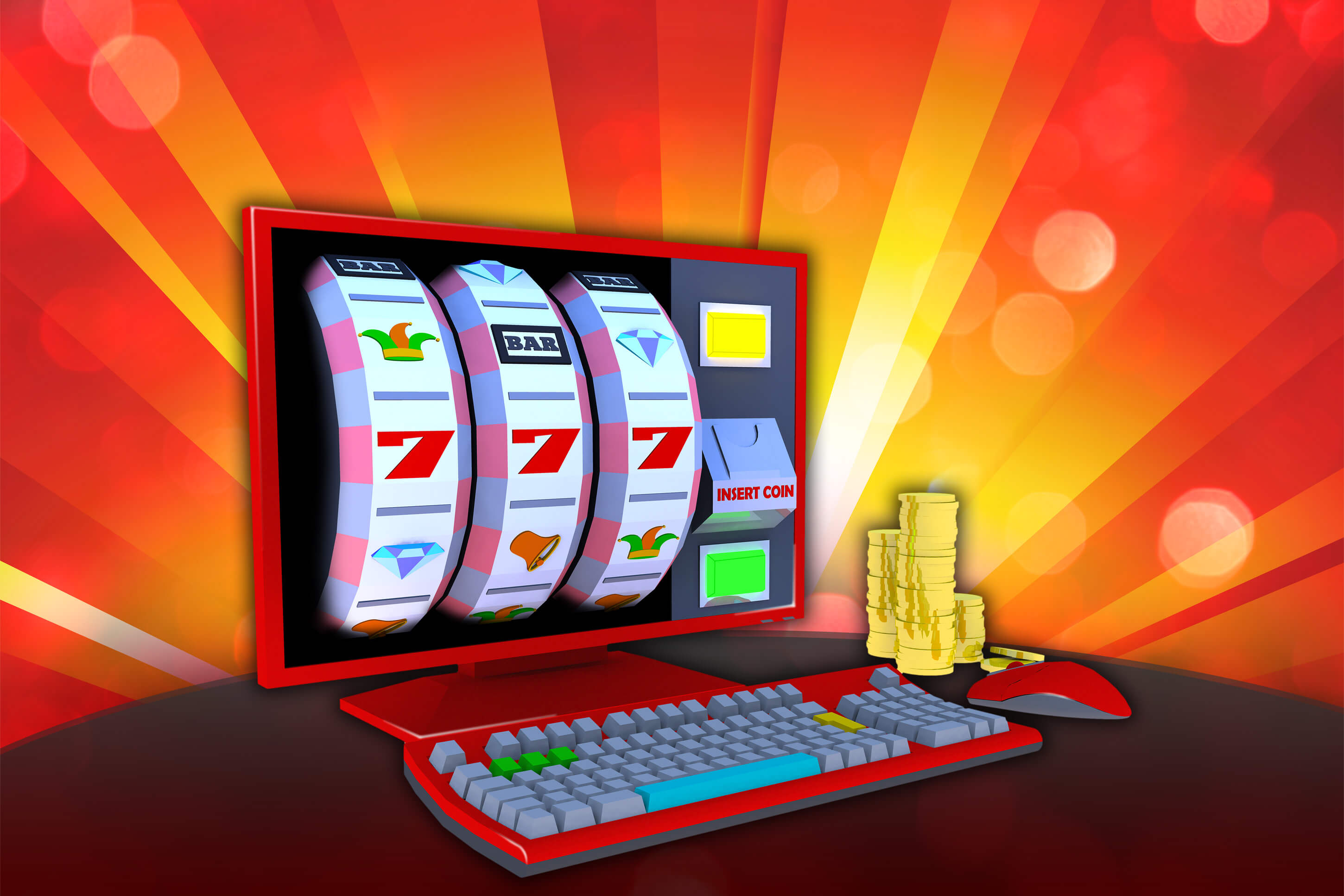
Within the vibrant and thrilling world of casinos, wherein luck and tactics intertwine, color and aesthetic play a key role in attracting gamblers. As soon as players step into a casino or access a gaming platform, they are enveloped in a visual feast that captures their attention and lures them to discover further. Nổ hũ ok365 Vivid colors, engaging graphics, and innovative layouts are meticulously crafted to create an atmosphere of excitement and anticipation, ultimately improving the gaming encounter.
While players move through the dynamic landscape of casino games, they encounter a range of designs that not only serve aesthetic purposes but also influence feelings and choices. Colors like red and yellow symbolize riches and luck, while calm navy and emeralds can create a much relaxed environment. Understanding how these elements work together allows casinos to create an inviting and stimulating atmosphere that encourages players to engage with the games, invest additional time at the tables, and increase their general enjoyment.
The Study of Hue in Casino Games
Color plays a key role in the design of gambling games, affecting player emotions and behaviors. Lively and vibrant shades, such as scarlet and yellow, are often used to stimulate thrill and capture focus. These colors create a sense urgency and dynamism, encouraging gamblers to involve themselves more enthusiastically with the game. By strategically selecting hues, developers aim to elicit emotions of pleasure and excitement, which can enhance the total player experience.
Various hues also have psychological meanings that can affect how gamblers perceive their chances of success. For example, lime is frequently associated with good fortune and abundance, making it a popular choice in games like the roulette wheel and poker games. This connection can cause players to feel more positive and confident in their play, ultimately encouraging them to bet more. Grasping these links allows game developers to create environments that enhance player enjoyment and retention.
In addition, the layout of casino game interfaces often utilizes color gradients and opposing colors to guide players’ responses. For case, winning results may be emphasized with bright, opposing hues, creating a visual reward. This method reinforces favorable outcomes and supports repeated participation. By utilizing color psychology, gambling establishments can develop activities that not only attract participants but also maintain them engaged and invested in their game experience.
Creative Features that Engage Players
The visual appeal of casino games is primarily influenced by the implementation of vibrant colors. Bright and striking colors are strategically chosen to create an inviting atmosphere that grabs interest. For instance, reds and golden hues often signify luck and wealth, which is why they are common in the palettes of slot machines and table surfaces. These colors not only draw players in, but they also evoke emotions related to thrill and expectation, enhancing the total gaming experience.
In parallel to color, the aesthetic and organization of casino games play a significant role in player attraction. Games are designed to be user-friendly, ensuring that players can quickly understand the guidelines and mechanics. User-friendly interfaces, along with engaging graphics and animations, help maintain player interest and promote extended play sessions. The tactile elements, such as the feel of the buttons and the audio of the games, also add to a comprehensive sensory experience that keeps players engaged.
In conclusion, conceptual elements in gaming design can significantly influence gaming decisions. OK365 Many casino games are inspired by popular culture, myths, or exploration motifs, featuring symbols and characters that connect with players. These themes create a sense of immersion and connection, making each game feel distinct. When players feel a bond to the theme, they are more likely to opt for that game over others, leading to higher participation and enthusiasm within the casino environment.
Case Studies: Successful Casino Table Game Designs
One key example of impressive gambling game design is the popular slot machine series based around blockbuster movies. Games such as those based on the The Wizard of Oz and Game of thrones utilize dynamic colors and superior graphics to immerse players in familiar narratives. The application of moving visuals and captivating sound effects captures the attention of players, creating an affective connection to the theme. This strategy not just encourages longer play but also enhances the overall gaming experience, yielding increased player retention.
Another notable case is the application of color psychology in table games like blackjack and roulette. Casinos often design these games with deep reds and greens, colors traditionally linked with luck and wealth. For instance, the green felt on a blackjack table provides a soothing effect, while the crimson accents in roulette invite excitement. This thoughtful use of color helps to establish an inviting atmosphere that stimulates players to engage, fulfilling their psychological impulses and enhancing their enjoyment.
Finally, online casino games that include community features and lively, dynamic designs have seen remarkable success in engaging players. Games like Zynga Poker and Slotomania leverage striking colors and playful animations to create an inviting online environment. The integration of leaderboards, social sharing options, and in-app rewards fosters competition and community, drawing players in for longer sessions. Such designs merely make the games visually attractive but also highlight social connectivity, a crucial factor in player retention and engagement within online casino environments.